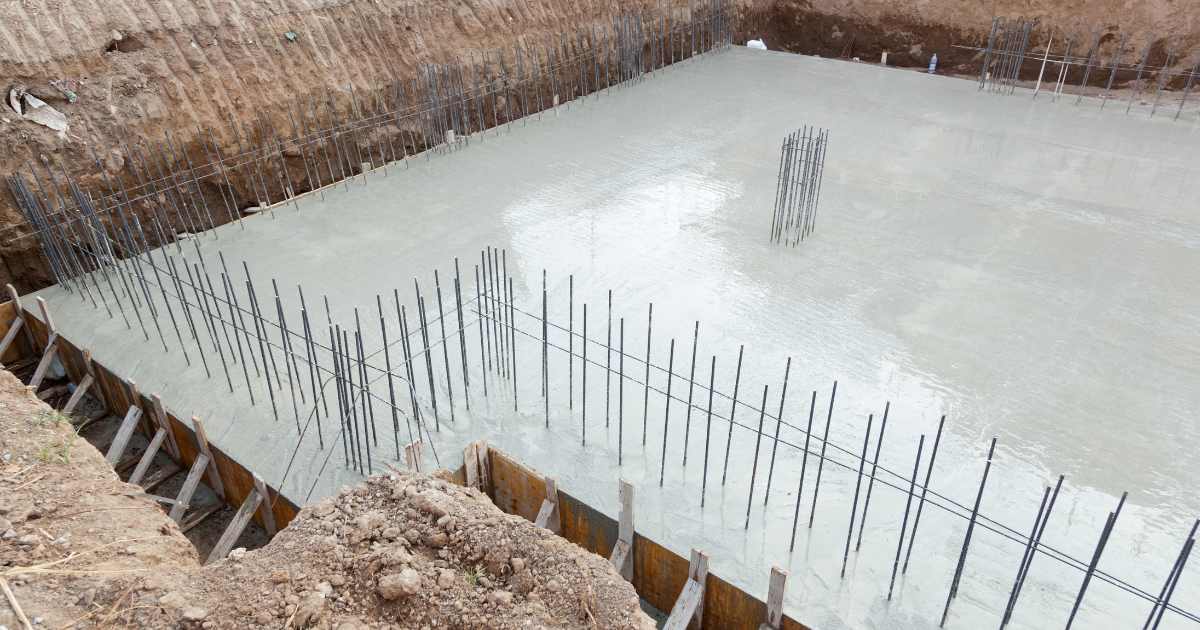Introduction:
In the realm of civil engineering and construction, diaphragm walls stand as formidable structures with versatile applications. These walls, known for their robustness and functionality, find widespread use across various projects, offering numerous benefits to the construction industry. In this comprehensive guide, we delve into the diaphragm wall uses, applications, and advantages as well, shedding light on their importance in modern construction endeavors.
Understanding Diaphragm Walls:
Before delving into their uses and benefits, let’s grasp the fundamentals of diaphragm walls. These are reinforced concrete walls constructed in situ using specialized techniques, typically excavated under slurry support to maintain stability during construction. The resulting wall is often thick and sturdy, providing structural support and retaining capabilities in various ground conditions.
Diaphragm Wall Uses in Construction:
Foundation Support: One of the primary applications of diaphragm walls is to provide strong foundation support for tall buildings, bridges, and other large structures. Their ability to withstand high lateral loads and deep excavation makes them ideal for stabilizing the ground and distributing structural loads effectively.
Basement Construction: Diaphragm walls are frequently employed in basement construction, where their waterproofing properties help prevent groundwater intrusion. This application ensures the stability and durability of underground structures, allowing for efficient utilization of space in urban environments.
Retaining Walls: Diaphragm walls serve as effective retaining structures, particularly in areas with limited space or where conventional retaining wall solutions are impractical. Their ability to withstand high earth pressures makes them suitable for retaining soil and preventing slope instability.
Tunneling Projects: In tunneling and underground construction projects, diaphragm walls play a crucial role in providing lateral support and controlling ground movement. They are commonly used as cut-off walls to minimize water seepage and maintain tunnel stability in challenging geological conditions.
Seawalls and Flood Defense: Along coastlines and riverbanks, diaphragm walls are utilized to construct seawalls and flood defense barriers. These structures offer protection against erosion, wave action, and flooding, safeguarding coastal communities and critical infrastructure from natural disasters.
Bridge Abutments: Diaphragm walls are employed in the construction of bridge abutments to provide stable support for the bridge deck and resist lateral earth pressures. Their durability and load-bearing capacity ensure the long-term integrity of bridge structures, contributing to safer transportation networks.
Underground Parking: Underground parking facilities often utilize diaphragm walls to create secure and efficient parking spaces below ground level. These walls offer structural stability, waterproofing, and space optimization, addressing the growing demand for parking in urban areas.
Environmental Containment: Diaphragm walls are employed in environmental remediation projects to contain contaminants and prevent their migration into surrounding soil and groundwater. This application helps mitigate environmental risks and ensures the effective containment of hazardous substances.
Structural Strength: Diaphragm walls provide exceptional structural strength and stability, capable of withstanding high loads and adverse ground conditions. This strength enhances the overall durability and safety of construction projects.
Waterproofing Properties: The impermeability of diaphragm walls makes them effective barriers against water infiltration, essential for basement construction, tunneling, and flood defense applications. This waterproofing capability helps maintain dry and secure underground spaces.
Space Optimization: Diaphragm walls allow for efficient space utilization, especially in congested urban environments where land is scarce. Their ability to create underground structures such as basements and parking facilities maximizes available space and enhances urban planning.
Versatility: Diaphragm walls are versatile structures that can be adapted to various project requirements and ground conditions. Whether as foundation support, retaining walls, or environmental barriers, their flexibility makes them suitable for diverse construction applications.
Cost-effectiveness: While initial construction costs may be higher than traditional methods, the long-term benefits of diaphragm walls, such as reduced maintenance and increased structural integrity, result in cost savings over the project’s lifecycle.
Conclusion:
Diaphragm walls stand as indispensable components of modern construction projects, offering a multitude of applications and benefits. From providing foundation support to enhancing environmental containment, these robust structures play a pivotal role in shaping the built environment. By understanding their uses and advantages, engineers and developers can leverage diaphragm walls to create resilient, sustainable, and functional infrastructure for generations to come.
Hindustan D-wall has revolutionized modern construction practices, offering unparalleled strength, versatility, and durability. From towering skyscrapers to intricate underground tunnels, diaphragm walls have become indispensable elements in shaping the urban landscape. Their ability to provide robust foundation support, efficient space utilization, and reliable waterproofing makes them a preferred choice for engineers and developers worldwide.







